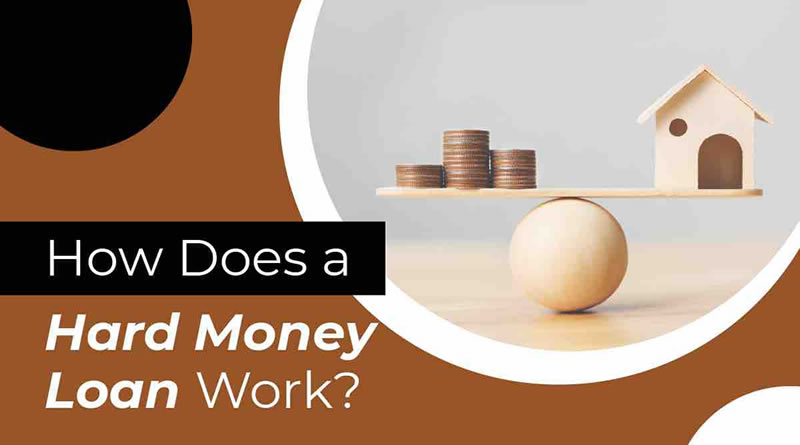Hard Money Loans

Hard Money Lending for Beginners
A hard money loan is a popular alternative to conventional mortgage loans, especially for borrowers looking to renovate then resell investment properties or to renovate then create rental properties.
What is a Hard Money Loan?
Sometimes called a bridge loan, a hard money loan is a short-term loan offered by private lenders, not by traditional financial institutions. These loans can typically be obtained more quickly than a conventional loan, and often without a large down payment.
A hard money loan is a collateral-backed loan, secured by the real estate being purchased. The size of the loan is determined by the estimated value of the property after proposed repairs are made.
One of the main purposes of a hard money loan is to finance upgrades to property that will increase the value for the end sale or to keep as a rental.
Most hard money loans have a term of six to twelve months, although in some instances, longer terms can be arranged. The borrower makes a monthly payment to the lender, typically an interest-only payment.
Hard Money Loans: An Example
Here’s how a typical hard money loan works:
- The borrower wants to purchase a fixer-upper for $100,000. The estimate for renovation costs is $30,000, and it’s projected the rehabbed property can be sold for $180,000.
- In this example, the hard money lender will lend 70% of the home’s projected value after repairs. That’s 70% of $180,000, or $126,000. The borrower will need to make a $4,000 down payment, plus pay approx $1000 in lender fees and 3 points origination, which is a middle of the road origination charge in most markets. This totals $8,780 up-front. Keep in mind that some lenders will require more money in the deal, and ask for a minimum down payment of 10-20%. It can be advantageous for the investor to seek out the lenders that require minimal down payment options to reduce their cash to close. There will also be the typical title fees associated with closing a transaction.
- On this loan, if the lender charges 12% interest, then the borrower makes interest-only payments of $1260 per month. Make sure to check with the hard money lender to see if there are prepayment penalties charged or a minimum yield they require.
- Assuming you are in the loan for 3 months, and the property sells for the projected $180,000, the investor makes a profit of $25,000. If the property sells for more than $180,000, the buyer makes even more money.
Who Should Use a Hard Money Loan – and Why?
A hard money loan isn’t for everyone. Because of the shorter term and high interest rates, there generally needs to be renovation and upside equity to capture, whether its a flip or rental property.
First, a hard money loan is ideal for a buyer who wants to fix and flip an undervalued property within a relatively short period of time. A hard money loan enables such a borrower to obtain the property without going through all the hassles of a conventional loan – and to obtain that loan relatively quickly. Instead of the normal 2-3 months to close a traditional mortgage, a hard money loan can typically be closed within a matter of a couple of weeks or less.
Hard money loans are also good for borrowers who may not have W2 jobs or tons of reserves in the bank. Because hard money loans are typically used to finance rehab properties, a hard money lender is more interested in the property’s value than some of the standard guidelines used by traditional lenders. Hard money lenders will lend as much money as the rehabbed property is worth.
In addition, some borrowers use hard money loans to bridge the gap between the purchase of an investment property and the procurement of longer-term financing. These buy-and-hold investors use the hard money to acquire and renovate properties that they then refinance with traditional loans and manage as rental properties.